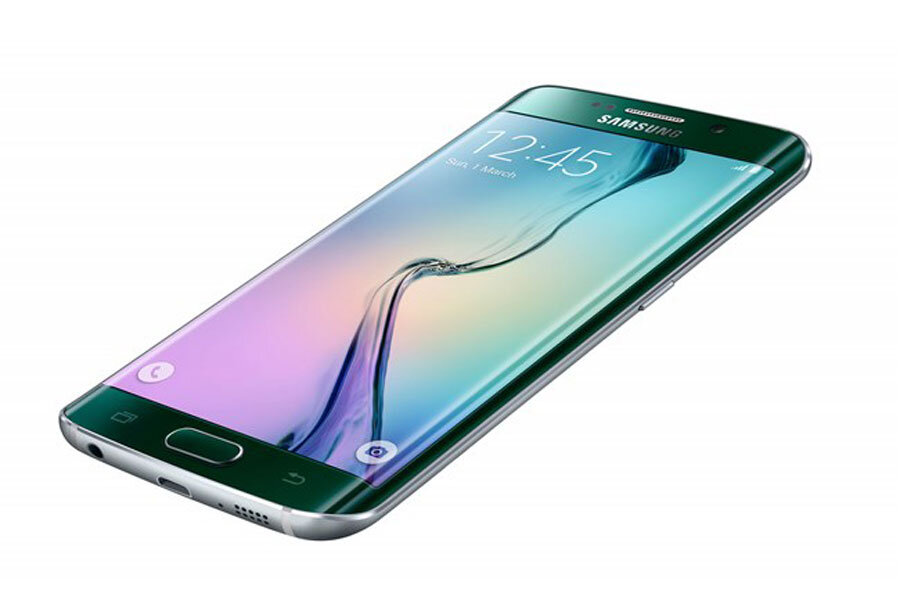Samsung Galaxy S6 cuts controversial features, embracing new vision
Loading...
After months of speculation that inspired its own parody site, Samsung finally put all the rumors to rest and unveiled the Galaxy S6, or to be more specific, its two versions of the Galaxy S6.
At Mobile World Congress in Barcelona, Spain, the year’s largest cellphone exhibition, the South Korean tech company showed off the Galaxy S6 and Galaxy S6 Edge. While both versions are quite similar, the curved screen of the Galaxy S6 Edge stole the show.
The flagship smart phone features a screen that curves over the left and right side of the device – much like the Note Edge, except the screen curves on both sides. The edges display different widgets, such as contacts, news alerts, and an alarm clock, freeing up space on the main screen.
Outside of the sleeker looking design, both S6 models are pretty much the same. Both phones continue Samsung’s trend of offering one of the most pixel-dense screens on the market. The 5.1-inch display features quad-HD resolution and a density of 577 pixel’s per inch, giving the screen a sharper image than the Galaxy S5 and Apple’s iPhone 6 Plus.
The latest Galaxy smart phones, set to debut in 20 countries in April, will feature a 16-megapixel rear camera and 5-megapixel front camera and will be compatible with a smaller version of Samsung’s virtual reality headset, Gear VR.
Though both versions of the Galaxy S6 models are similar, the smart phones highlight some major shifts in Samsung design.
The much-criticized plastic casing, which made the phone feel cheap, has been replaced with a metal one and now feature a glass screen made of Corning’s Gorilla Glass 4. Samsung claims the new Galaxy can withstand the occasional drop and is 50 percent stronger than other high-end phones.
The smart phones also do away with cords and allow for wireless charging and will operate using Samsung’s 64-bit Exynos octa core.
The S6 models will additionally feature the S5’s fingerprint scanner, which will allow users to operate Samsung’s newly purchased mobile payment system LoopPay, which it bought last month as a competitor to Apple Pay.
While many will appreciate the updates, to achieve the thinner design and heavier feel, Samsung had to ditch some old features.
The phone is no longer waterproof and for those who preferred to change out sim cards or carry extra batteries, the case is no longer detachable. This also means the Galaxy S6 will have limited storage and be available with 32, 64, or 128GB of internal storage.







